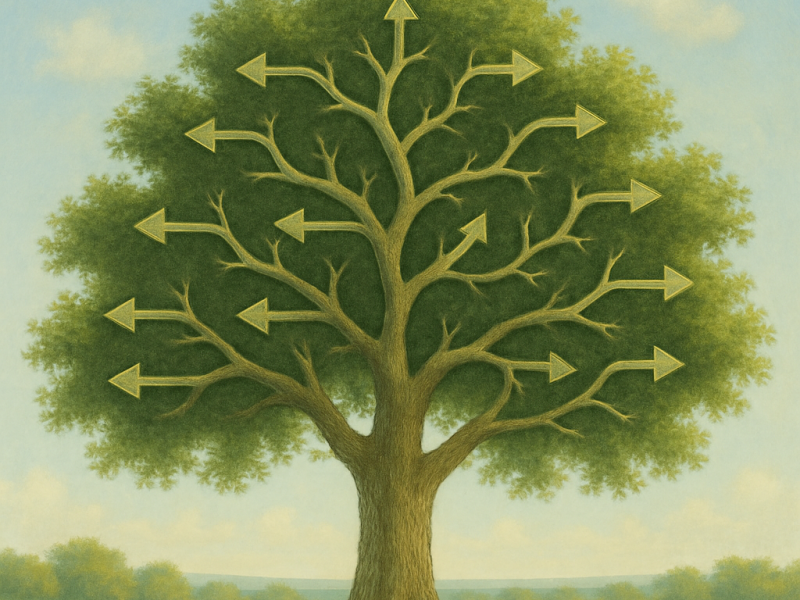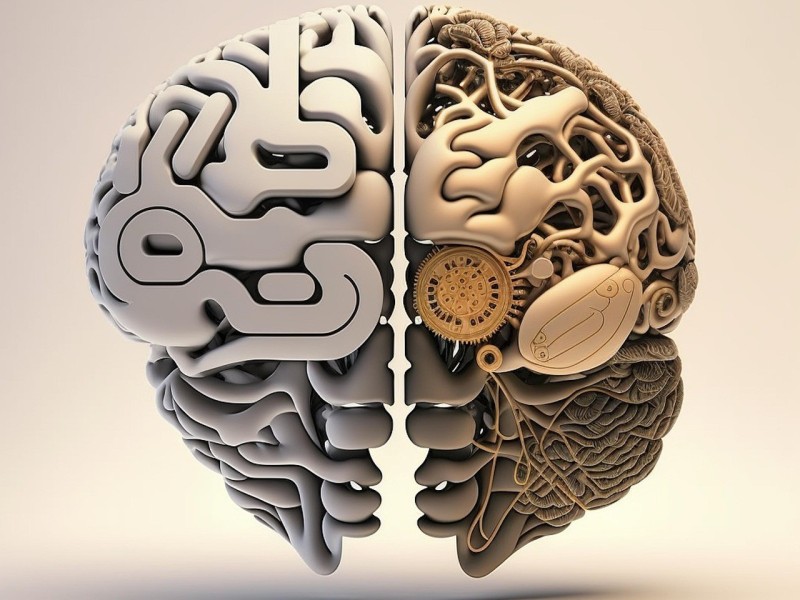Those who make decisions are also responsible for them. The “response” of a “respons”ible person explains his decisions. The root of the word says it all. But no one really pays attention to that.
Responsibility
No one can “take” responsibility. Either they have it — i.e., they bear it — or they don’t. And whether they have it is determined by whether they made the decision themselves. If they did not make the decision, then they cannot bear responsibility.
This fact gives rise to the high regard that people have for those in positions of responsibility. It is expected that the person making a decision has thought about it carefully.
If he or she has done so, it is obvious. Trust is established. And he or she can take responsibility. If the decision has not been thought through sufficiently, the consequences are obvious: the decision is wrong and will not be accepted. Consequential damage occurs. And the greatest damage is the loss of trust.
The question arises whether the decision-maker is aware of this fact. Decisions are made on the basis of the experiences someone has had in their life. Whether these experiences are relevant to the decision is assessed by the decision-maker alone. We know from experience that there can be situations that have led to wrong decisions. There are plenty of examples from business, politics and private life.
What conclusions can be drawn from this insight?
Decision-making is mental work. It begins with identifying options (or alternatives). And one thing is certain: there are no unavoidable “decisions”, because then it is not a decision that is being made, but an assertion. And that always means that other, less obvious alternatives have not been identified and/or considered.
The first important step is therefore to identify as many options or alternatives as possible. A good way to do this is to ask other people for options. The internet or AI can also be a great help. If further options arise after the decision has been made, this is a sign that the search was inadequate.
The next step is to search for and select criteria. Here, too, consulting additional sources is helpful. A so-called “killer criterion” abruptly ends the decision-making process, at least for the options affected by this criterion. Relevant examples include violations of the law or personal injury. In most cases, there are considerably more criteria than one person can come up with on their own.
Options and criteria can be easily identified through brainstorming
In order to compare criteria with each other (the apples and oranges theme, as we know), the values of the criteria must be “standardised” after they have been determined. This is a mathematical process that assigns a value of “zero” to the worst criterion and 100% to the best. All others then lie in between. This allows costs to be compared with consumption.
But that’s not all: once all the options and criteria have been determined, it’s time to weigh them up. Not all criteria are equally important to everyone. One person may want a more powerful car, another a car with more space. The criteria are therefore weighted very differently, depending on who is looking at the decision.
And this weighting is decisive for the outcome of the decision. When it comes to democratic processes, the weighting is regulated by party programmes. When it comes to personal decisions, we can determine this ourselves in detail.
But it’s about trust. Trust also arises when verification is possible at any time and is accepted by the person being monitored. When “accountability” is possible. This reconciliation of expectations and decisions usually takes place in a dialogue.
When a decision has been made (or developed) professionally, the alternatives, options, criteria, assessments and weightings are known. If several participants have worked on this decision, the probability of a good decision increases.
Professionally made decisions can be justified very well. Questions about “why” (not my favourite question, as you know) arise from the documentation of the decision.
Conclusion: Trust is built through professional decisions
Professional decisions are transparent. A lack of trust is the result of a lack of transparency. We do not have to accept decisions that are incomprehensible due to a lack of transparency.
TryTagged
You might also like
-
Decisions for life
Published on
-
-
The 5 Components of a Good Decision
Published on
-
Brain Balance
Published on
-
Deciding with your gut feeling?
Published on




